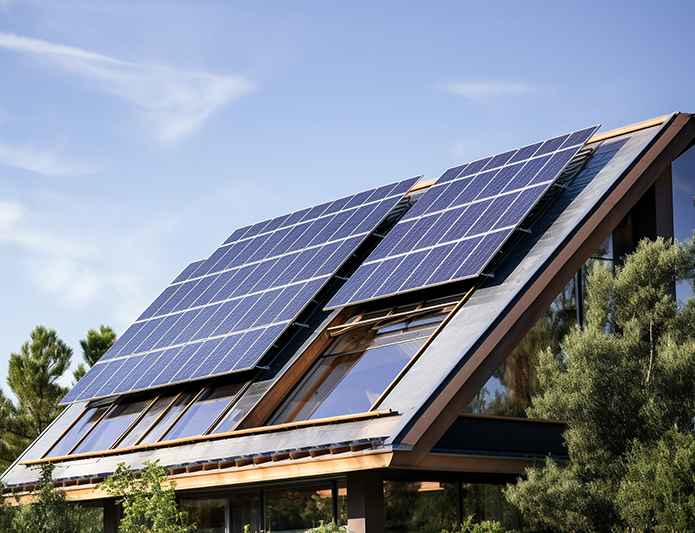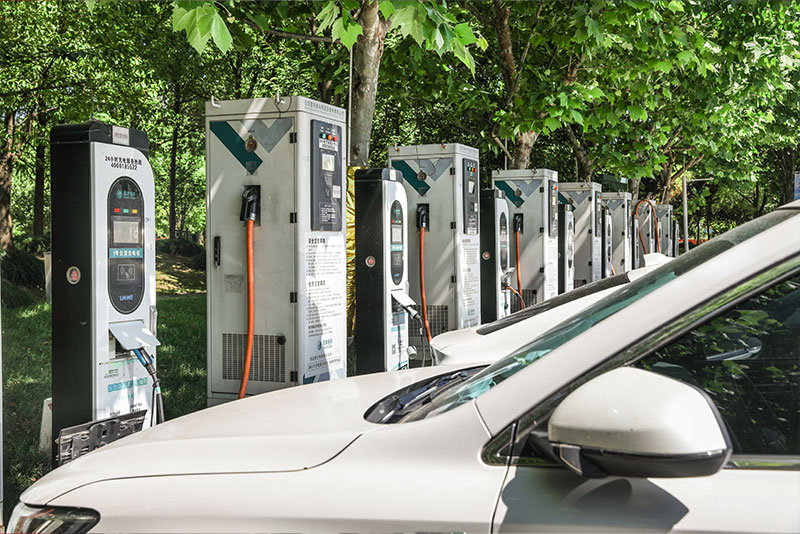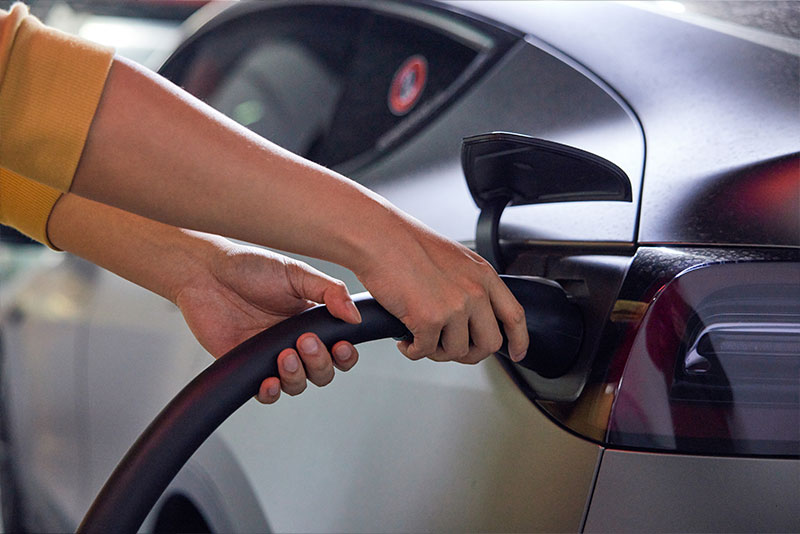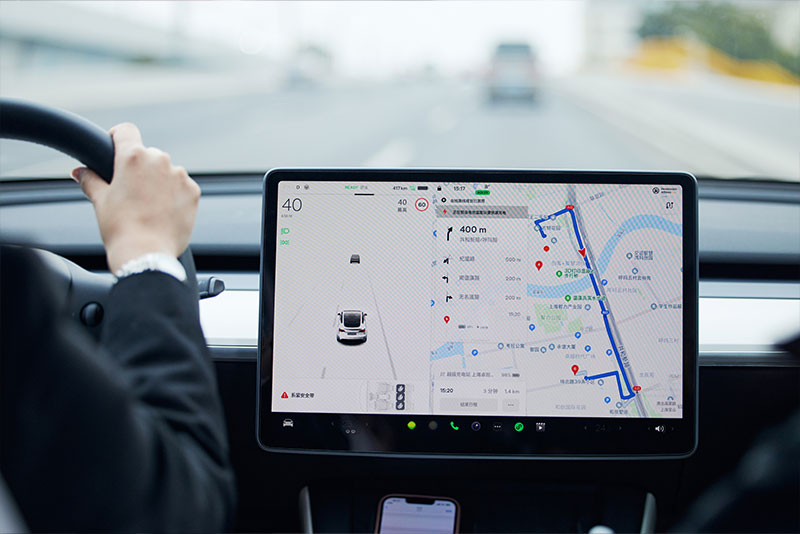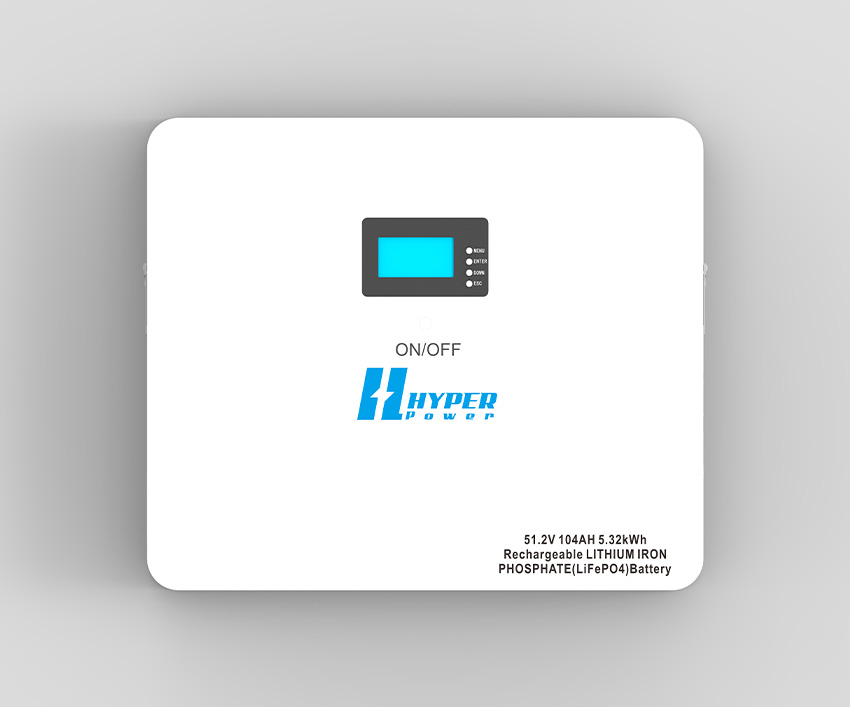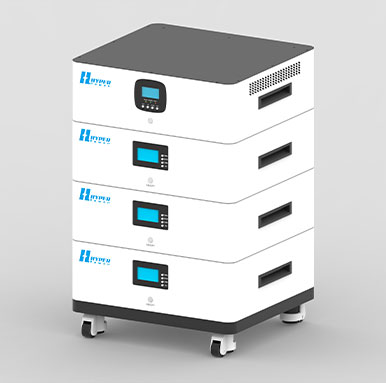Everything You Need to Know About Solar Battery Pack for Home Use
Explore the benefits, types, installation process, and key considerations of solar battery packs for home, helping you achieve energy independence, lower utility bills, and support a greener future.
As the world pivots toward renewable energy, more homeowners are seeking sustainable, cost-effective solutions to reduce reliance on the grid. Among the most transformative technologies in this arena is the solar battery pack for home. By storing excess solar energy, these battery packs offer reliable backup power, energy independence, and long-term savings. This guide explores everything you need to know about solar battery packs for home, from their working principles to choosing the best system for your needs.
What is a Solar Battery Pack for Home Use?
A solar battery pack for home is a system designed to store electricity generated by solar panels. These batteries serve as energy reservoirs, saving surplus power for use during periods when solar production is low or nonexistent. This might include evenings, cloudy days, or utility power outages.
Key Components:
- Battery Cells: These are the core of the system and are made of materials such as lithium-ion, lead-acid, or saltwater. They store direct current (DC) electricity.
- Inverter: Converts stored DC electricity into alternating current (AC), which powers your home appliances.
- Battery Management System (BMS): Monitors and regulates battery performance, ensuring safety and longevity by preventing overcharging, overheating, or deep discharging.
A solar battery system turns a basic solar installation into a full-fledged energy solution, empowering households to use more of the energy they generate and rely less on the grid.
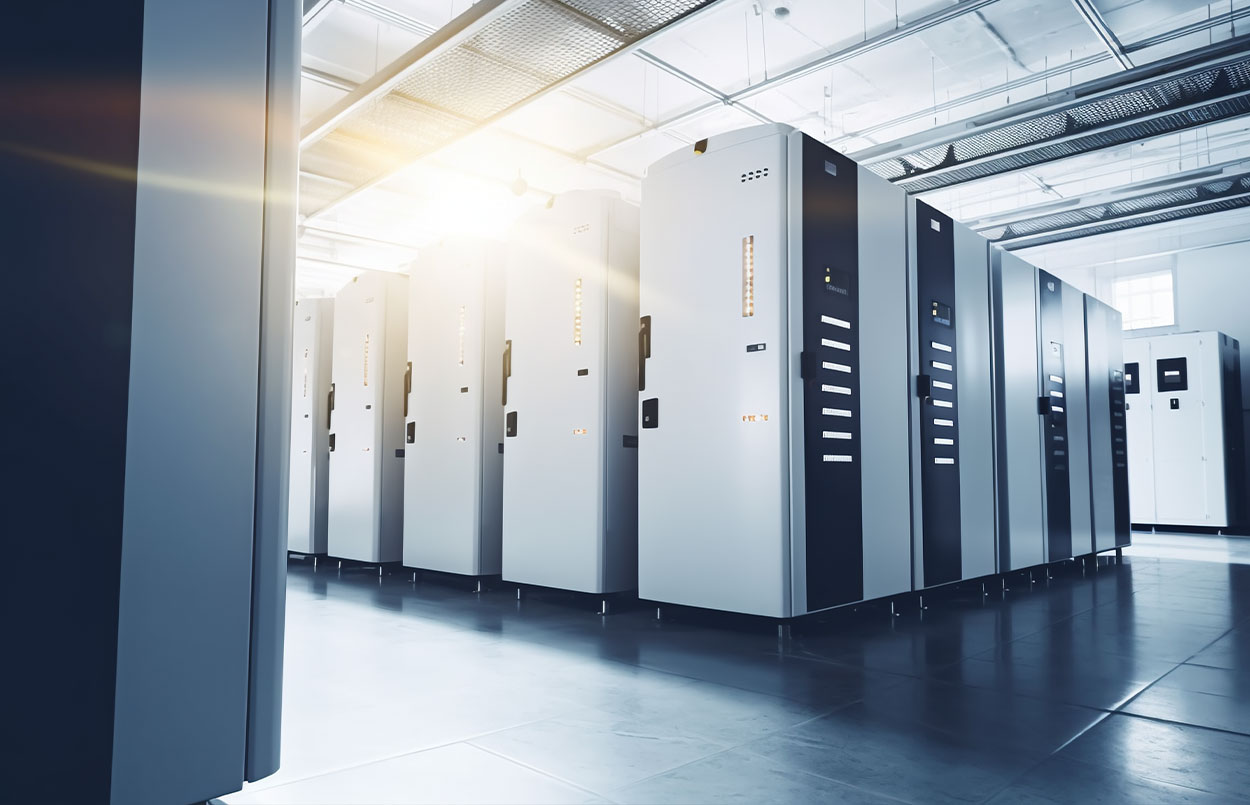
How Do Solar Battery Packs for Home Work?
The functioning of a solar battery pack for home can be summarized in four stages:
- Energy Collection: During daylight hours, solar panels generate DC electricity.
- Power Distribution: The electricity is first used to meet the immediate energy needs of the home.
- Storage: Any surplus energy that isn't consumed immediately is directed to the battery for storage.
- Usage: When the sun isn't shining, the stored energy is drawn from the battery to power the home.
For off-grid homes, battery storage is essential. Even for grid-connected homes, battery storage increases efficiency and ensures energy availability during outages or grid failures.
Benefits of Installing a Solar Battery Pack for Home
a. Energy Independence
By storing your own solar energy, you can reduce your reliance on the power grid. This means greater energy autonomy, particularly in areas prone to power outages or where the energy market is volatile.
b. Cost Savings
With a solar battery pack for home, you can store energy during low-cost periods and use it during peak rate times. This is especially beneficial for homeowners in regions with time-of-use (TOU) pricing structures, where electricity costs more during peak demand hours.
c. Backup During Outages
Natural disasters, grid failures, or maintenance issues can interrupt power supply. Solar batteries ensure that essential home systems like lighting, refrigeration, and medical equipment remain operational.
d. Environmental Impact
By maximizing the use of clean solar energy and minimizing grid power consumption (often generated from fossil fuels), you significantly reduce your carbon footprint.
Types of Solar Battery Packs for Home
There are several types of battery chemistries used in solar battery packs for home, each with unique advantages and limitations:
a. Lithium-Ion Batteries
High energy density: Store more power in a smaller space.
Long lifespan: Often exceed 10 years or 6,000+ cycles.
Low maintenance: Require minimal upkeep.
Popular models: Tesla Powerwall, LG Chem, Enphase Encharge.
b. Lead-Acid Batteries
Lower upfront cost: More affordable for initial installation.
Shorter lifespan: Typically last 3 to 5 years.
Heavier and bulkier: Require more space.
Well-suited for: Off-grid setups with budget constraints.
c. Saltwater Batteries
Eco-friendly: Free from heavy metals or toxic materials.
Non-flammable: Safer for home use.
New to market: Limited availability and industry adoption.
Your choice will depend on factors like budget, power needs, space constraints, and environmental considerations.
Choosing the Right Solar Battery Pack for Home
a. Capacity (kWh)
Measured in kilowatt-hours (kWh), capacity defines how much energy the battery can store. For instance, a 10 kWh battery can theoretically power a home using 1 kW of energy for 10 hours.
b. Power Output (kW)
This indicates how much electricity the battery can supply at a given moment. A higher output means the system can handle heavier loads or multiple appliances simultaneously.
c. Depth of Discharge (DoD)
This refers to the percentage of the battery's capacity that can be safely used. For example, a battery with a 90% DoD can use 9 kWh of a 10 kWh capacity.
d. Round-Trip Efficiency
Expressed as a percentage, this measures how much stored energy is available after the charging and discharging process. Higher efficiency means less energy loss.
e. Lifespan (Cycles or Years)
Battery lifespan is measured in charge-discharge cycles or years. A typical lithium-ion battery can last up to 10–15 years or 6,000+ cycles, depending on usage.
f. Warranty
Look for batteries with strong warranties—typically 10 years—that guarantee a minimum capacity level at the end of the term.

Integrating a Solar Battery Pack with Your Solar Panels
Solar battery packs for home can be integrated in two primary ways:
a. AC-Coupled Systems
Each system (solar and battery) has its own inverter.
Easier and more cost-effective to retrofit.
Slightly lower overall efficiency due to double inversion.
b. DC-Coupled Systems
Shares a single inverter for both solar panels and battery.
Better efficiency and performance.
Best suited for new solar installations.
Choosing the right setup depends on whether you're upgrading an existing solar system or installing one from scratch.
Installation and Setup: What to Expect
A professional solar installer will guide you through several stages:
- Site Evaluation: Analyze sunlight exposure, roof condition, and energy usage.
- System Design: Customize battery size, inverter compatibility, and safety features.
- Permitting: Secure necessary local permits for compliance with building codes.
- Installation: Set up the battery, inverter, and necessary wiring.
- Commissioning: Final testing, grid connection, and activation.
The entire process can take from a few days to a few weeks, depending on project complexity.
Conclusion: Is a Solar Battery Pack for Home Right for You?
If you're looking to:
- Lower your electricity bills
- Gain energy autonomy
- Ensure power during outages
- Embrace sustainable living
Then investing in a solar battery pack for home is a smart move. Work with certified professionals to evaluate your needs, explore financing, and tailor a solution that positions you for a more resilient and energy-efficient future.
FAQs About Solar Battery Packs for Home
Q1: Can I add a battery to my existing solar system?
Yes. AC-coupled batteries make retrofitting simple and cost-effective.
Q2: Do I need solar panels to use a solar battery pack?
While most effective with panels, batteries can also be charged from the grid for peak-time use.
Q3: How many batteries do I need?
Depends on energy usage. A single 10 kWh unit powers essentials; whole-home backup may need multiple units.
Q4: Will a solar battery pack save me money?
Over time, yes—especially with TOU pricing, tax credits, and rising electricity rates.
Blog

Maximizing Energy Independence with Home Lithium Battery Storage

How Residential Photovoltaic Energy Storage Systems Empower Sustainable Homes
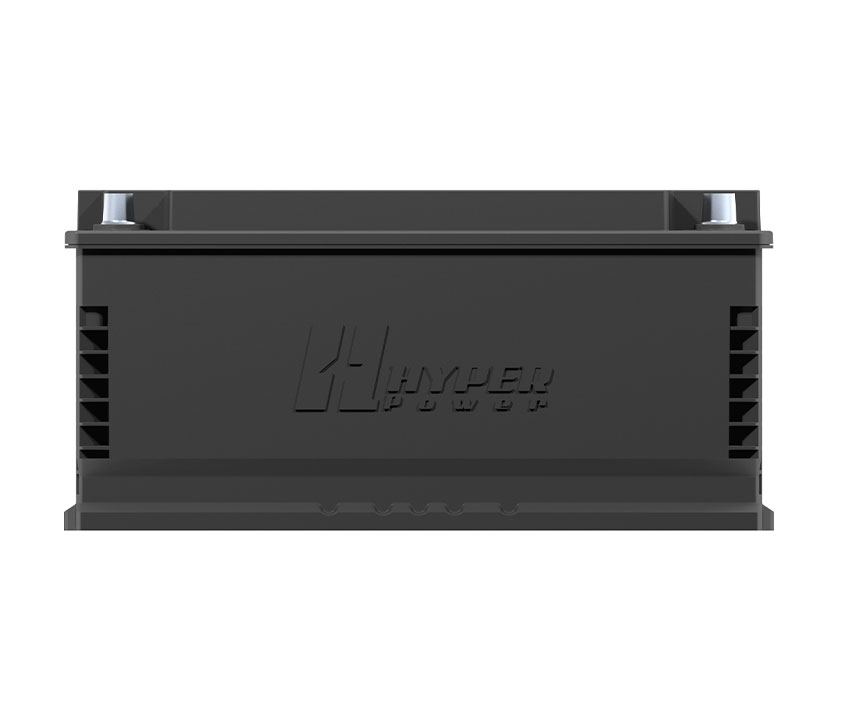
Why the 12V Lithium Ion Car Battery is the Smarter Automotive Power Solution — Insights from JEJE Energy






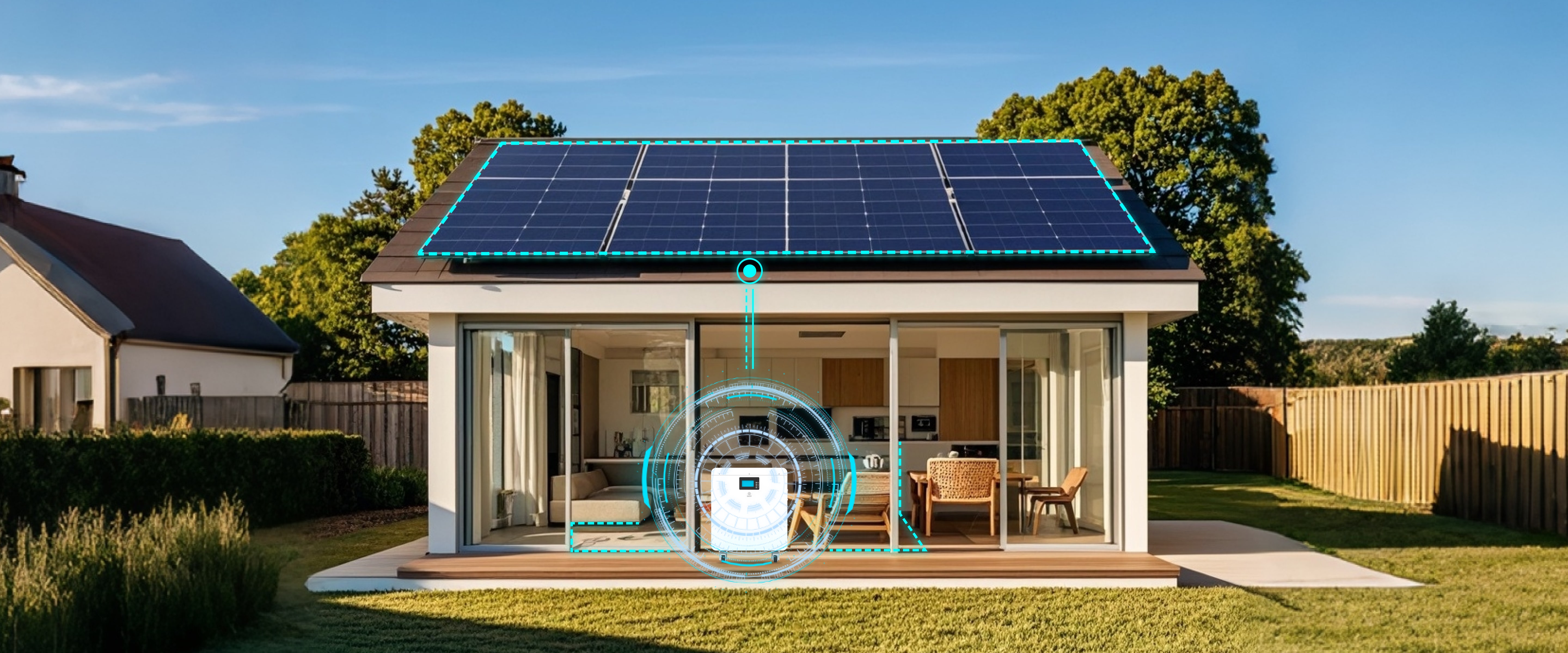



-Charging.png)
.jpg)






